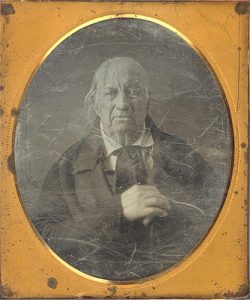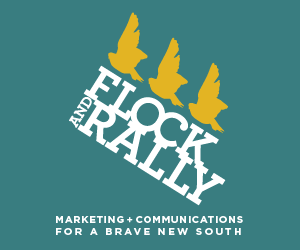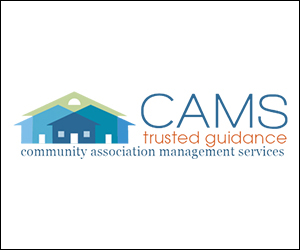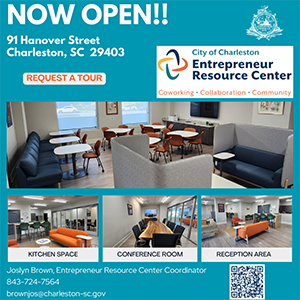During the Revolution, South Carolina had its very own Navy
March 20, 2025You’ve heard of John Paul Jones, the first great hero of the United States Navy. But remember that in his heyday, there was no “U.S. Navy” as we think of it.
All we had was the prequel, the Continental Navy. And we had yet to build a single warship. At least, that’s all the other states had. In South Carolina, we went our own way. As we tend to do.
Come to the Richland Library main location on Assembly Street in Columbia at noon on March 25 to hear a free lecture on “The South Carolina Navy,” delivered by Joe Long, curator of education at the South Carolina Confederate Relic Room and Military Museum. The lecture is part of the museum’s regular Noon Debrief program.
South Carolina didn’t build any warships, either, in those days, but it still managed to deploy 11 ships, schooners and brigs out into blue water off the new state’s shores. They bore such names as Commerce, Peggy, Defence, Rattlesnake, Bricole, and Truite.
But the pride of state’s Navy was a 40-gun frigate named South Carolina. She was French-built and had once been named Indien, but South Carolina leased her from the Chevalier de Luxembourg for a three-year period. She was no ship of the line, but she was the most powerful vessel this new nation managed to send to sea during the Revolution. In fact, South Carolina was able to snap her up because the Continental Navy couldn’t afford her.
The S.C. Navy made the deal to acquire the heavy frigate in 1780, but South Carolina by no means waited that long to engage in naval warfare. Our first venture unfolded in the very first year of the war – in July 1775, only three months after Lexington and Concord – when Commerce captured three British ships carrying arms and gunpowder. The new nation netted more than 25,000 pounds of gunpowder from that coup. This is a big deal. Rented ships are one thing, but you can’t fight them without a lot of powder.
Of course, captains and crews gained more than ships and cargo when they made such a capture. There was also prize money. Joe Long acknowledges that in the S.C. Navy, “Prize money was not as generous as that paid to privateers, but it was better than you got in the Continental Navy.”
S.C. Navy ships didn’t just hover off our coast, either. The first American ship to visit France during the war was one of South Carolina’s – fittingly, the brig Notre Dame.
South Carolina sailors had their victories – such as the capture of the Bahamas. There were less glorious moments as well, such as the loss of the great port of Charleston.
About the South Carolina Confederate Relic Room and Military Museum
Founded in 1896, the South Carolina Confederate Relic Room and Military Museum is an accredited museum focusing on South Carolina’s distinguished martial tradition through the Revolutionary War, Mexican War, Civil War, Spanish-American War, World Wars I and II, Vietnam, the War on Terror, and other American conflicts. It serves as the state’s military history museum by collecting, preserving, and exhibiting South Carolina’s military heritage from the colonial era to the present, and by providing superior educational experiences and programming. It recently opened a major new exhibit, “A War With No Front Lines: South Carolina and the Vietnam War, 1965-1973.” The museum is located at 301 Gervais St. in Columbia, sharing the Columbia Mills building with the State Museum. For more information, go to https://crr.sc.gov/.


















